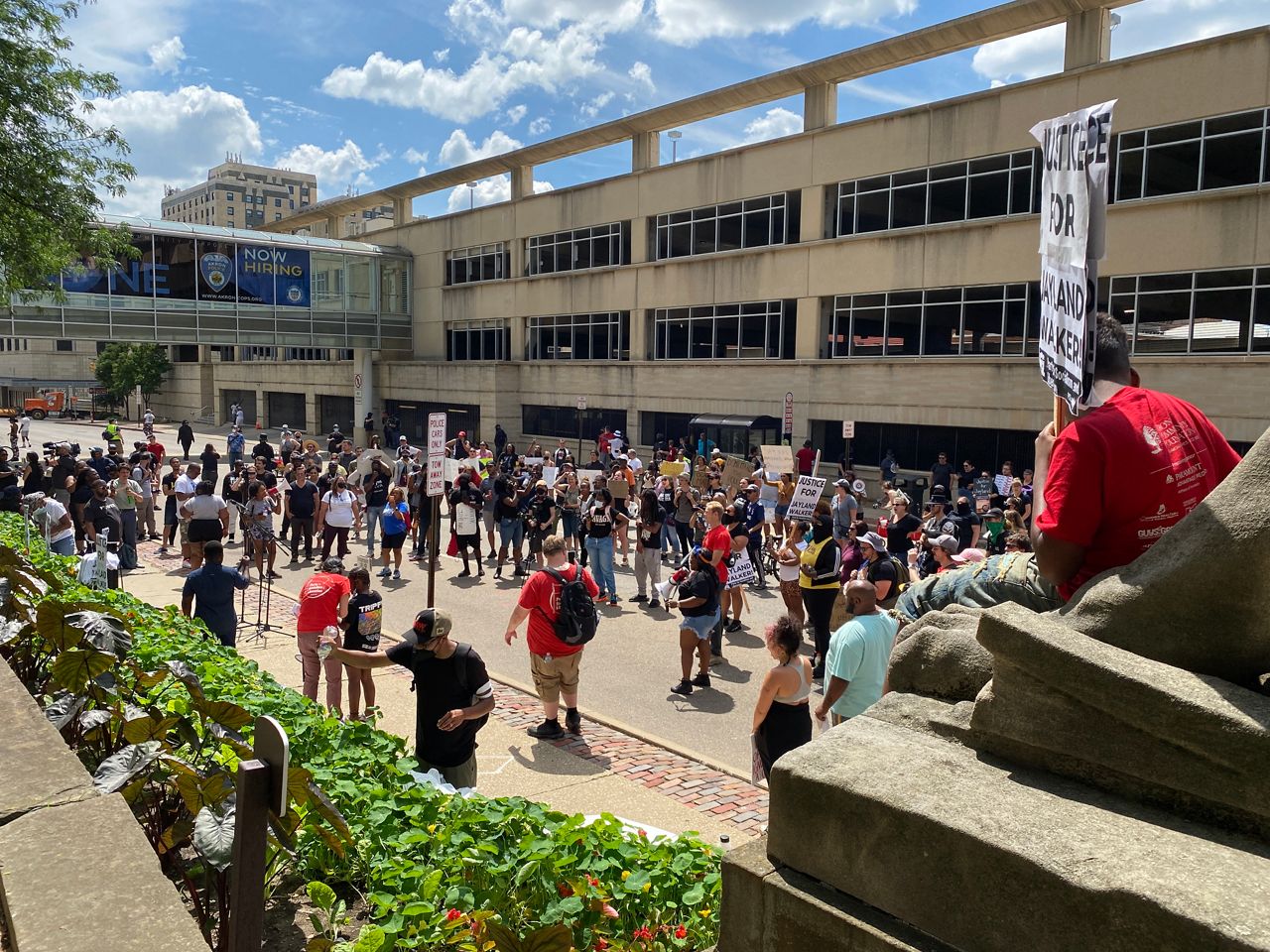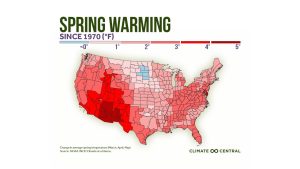On Monday, President Joe Biden will debut our closest look at “the final frontier” ever captured.
Biden is set to unveil one of the first images of deep space captured by NASA’s James Webb Space Telescope at an event at the White House, the space agency announced.
The image, dubbed by the space agency as “Webb’s First Deep Field,” will offer the deepest and highest-resolution look at our universe ever captured, showing a glimpse at galaxies as they appeared up to 13 billion years ago. The image is going to show the farthest humanity has ever seen in both time and distance, closer to the dawn of the universe and the edge of the cosmos
That shot is likely to be be filled with lots of stars, with massive galaxies in the foreground distorting the light of the objects behind, telescoping them and making faint and extremely distant galaxies visible. Part of the image will be of light from not too long after the Big Bang.
That image will be followed Tuesday by the release of four more galactic beauty shots from the telescope’s initial outward gazes.
Biden and Vice President Kamala Harris will be briefed Monday evening from NASA officials and preview the images from the telescope, which the White House described as “the highest-resolution images of the infrared universe ever captured.”
“We’re going to give humanity a new view of the cosmos, and it’s a view that we’ve never seen before,” said NASA Administrator Bill Nelson, who will attend the event with President Biden at the White House, per CBS News.
One of the images, Nelson said, “is the deepest image of our universe that has ever been taken” and scientists are “only beginning to understand what Webb can and will do.”
NASA on Tuesday, along with its partners the European Space Agency and the Canadian Space Agency, will release more images from the telescope on Tuesday.
The agency announced a list of targets of Webb’s first images last week, including:
- Carina Nebula, one of the largest and brightest nebulae, located roughly 7,600 light-years away
- Southern Ring Nebula, a planetary nebula, or cloud of gas surrounding a dying star, located approximately 2,000 light years away from Earth
- Stephan’s Quintet, the first compact galaxy group ever discovered in 1877, located roughly 290 million light-years away
- WASP-96 b, a giant planet located about 1,150 light-years from Earth, which is composed mainly of gas and orbits its star every 3.4 days
The $10 billion telescope, the successor to the Hubble Telescope, launched from South America at the end of last year and traveled 1 million miles from Earth before beginning science operations.
Named for former NASA Administrator James Webb, the telescope will “study every phase in the history of our Universe, ranging from the first luminous glows after the Big Bang, to the formation of solar systems capable of supporting life on planets like Earth, to the evolution of our own Solar System,” per the space agency.




